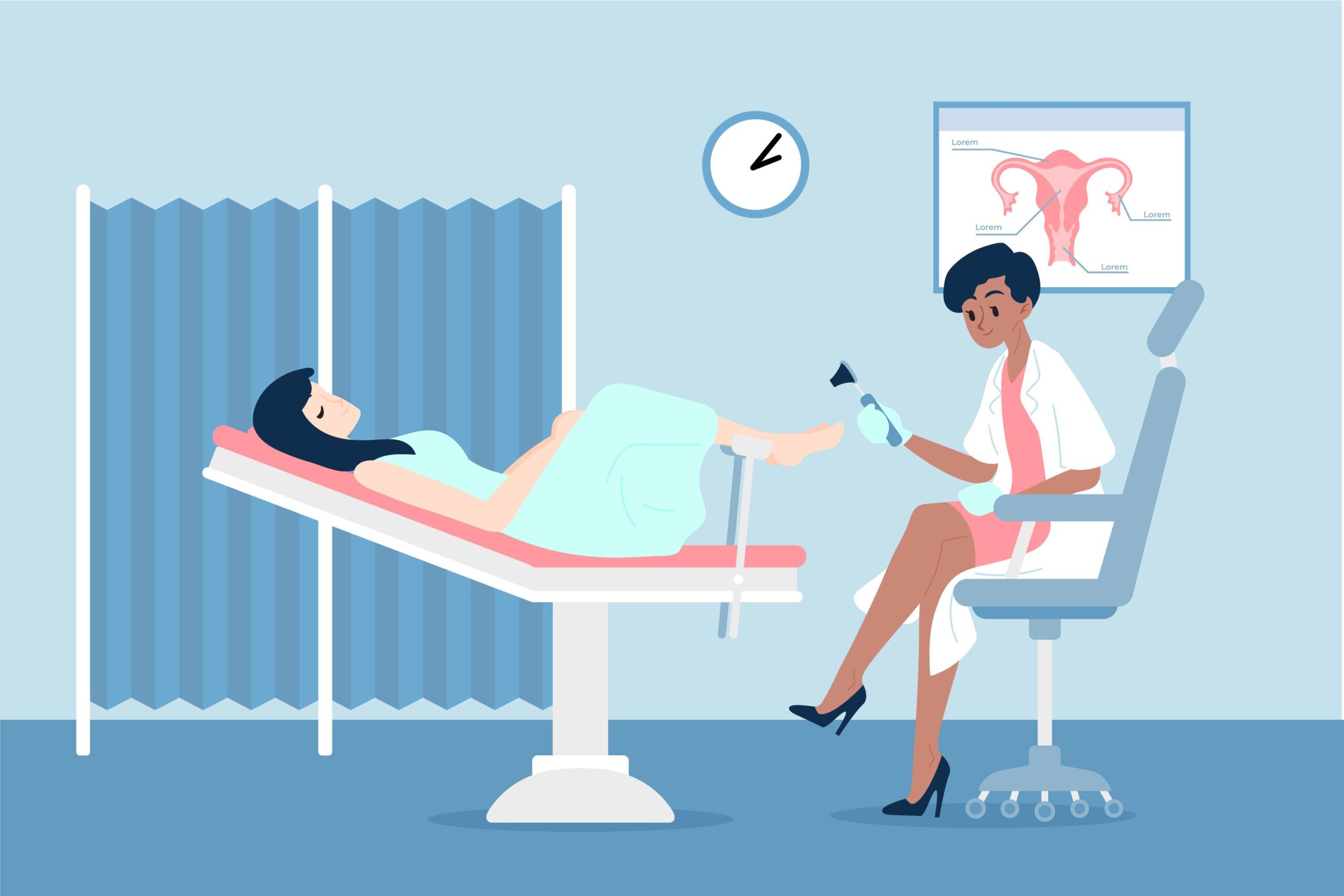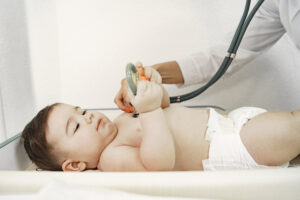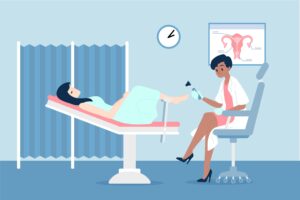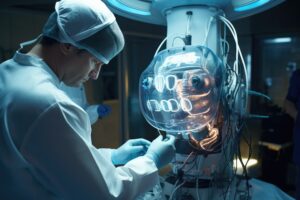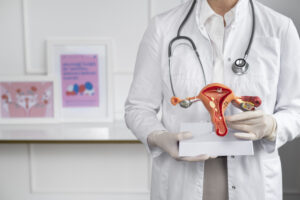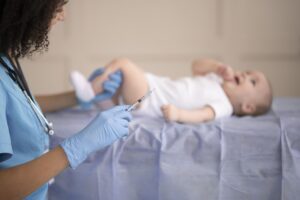Gynecological laparoscopy is a common minimally invasive procedure. It is used to diagnose and treat issues like endometriosis, fibroids, and ovarian cysts. Patients typically recover faster than with open surgery. However, it is normal to have questions about the healing process. Common concerns include the recovery timeline, expected pain levels, and when you can return to your daily routine.
This guide will walk you through the recovery process for a gynecological laparoscopy. You will find practical advice to help you heal comfortably. At Advamed, our Gynae & Laparoscopy Services focus on you, the patient. We provide clear, step-by-step guidance for both before and after your procedure. Our goal is to make sure you feel informed and confident managing every stage of your recovery at home.
Understanding the Immediate Post Surgery Phase
What Happens Right After the Procedure
After your laparoscopy, you will rest in a recovery area. You will stay there until the anesthesia wears off. Most patients can go home on the same day. It is normal to feel sleepy, nauseous, or have some belly discomfort for the first few hours.
Your medical team will monitor your heart rate and check your small incisions. They will also make sure your pain is under control before you go home. Our team at Advamed provides simple, clear instructions. These are tailored to your specific procedure and daily routine to support your recovery.
Common Symptoms in the First 24 Hours
- Mild abdominal bloating
- Shoulder pain due to carbon dioxide used during the procedure
- Light vaginal spotting
- Soreness around the incision sites
- Fatigue
These symptoms usually improve within 1 to 3 days. Rest on the day of surgery and avoid making major decisions until the anaesthesia completely wears off.
Pain, Discomfort, and How to Manage Them
Expected Pain Levels
Most women report mild to moderate pain during early recovery. This is usually well managed with prescribed or over-the-counter pain medication. Pain should gradually lessen each day.
Managing Discomfort Effectively
- Take pain medication exactly as advised.
- Use a heating pad for shoulder or upper abdominal pain caused by trapped gas.
- Walk lightly around your home to help reduce bloating and gas related discomfort.
- Avoid lying completely flat for long hours in the first 24 to 48 hours.
We guide patients on safe pain relief options and warn against using unapproved remedies.
Activity Levels During Gynae Laparoscopy Recovery
When You Can Move Around
Most patients can walk slowly on the same day of surgery. Light movement speeds up internal healing and reduces the risk of complications like blood clots.
Activities to Avoid
- No heavy lifting (more than 4 to 5 kg) for at least 2 weeks
- No strenuous exercise for 1 to 3 weeks depending on the procedure
- No driving for 24 to 48 hours or until you are off pain medication
- Avoid sexual intercourse for 1 to 2 weeks or as advised
We give you a personalized recovery timeline. Your healing process depends on the specific procedure you had, such as cyst removal, fibroid treatment, endometriosis surgery, or a diagnostic check.
Caring for Your Incision Sites
Keeping the Area Clean
Laparoscopic surgery involves 2 to 4 small incisions. Keep them dry for the first 24 hours. After that, you may shower normally unless your doctor instructs otherwise.
Signs of Healthy Healing
- Minimal redness
- Mild tenderness
- Scabs forming over the cuts
Avoid applying creams, powders, or ointments unless prescribed.
When to Contact a Doctor
Reach out to our care team at if you notice:
- Redness spreading beyond the incision
- Foul-smelling discharge
- Increasing pain around the site
- Fever above 100.4°F (38°C)
Prompt attention prevents infection and promotes smoother healing.
Diet and Hydration During Recovery
What to Eat in the First Few Days
Your digestive system may feel slow after anaesthesia. Start with:
- Light meals
- Soups
- Fruits
- Soft foods
Gradually return to a normal diet within 1 to 2 days.
Stay Hydrated
Drink water regularly to reduce bloating and avoid constipation. Include fibre-rich foods once your stomach feels normal again.
Managing Constipation
Constipation is common post surgery. To prevent it:
- Increase hydration
- Add fruits, vegetables, and whole grains
- Use stool softeners if prescribed
Vaginal Bleeding and Menstrual Changes
Spotting Post-Surgery
Light spotting for a few days is normal. Use sanitary pads instead of tampons to reduce infection risk.
Changes in Your Cycle
Your next period may come early, late, or be slightly heavier. Hormonal changes during recovery are temporary.
Emotional and Mental Recovery
What to Expect Emotionally
Some women experience mild mood changes after surgery due to:
- Anaesthesia
- Temporary discomfort
- Hormonal fluctuations
- Sleep disruption
When to Seek Support
If anxiety, sadness, or irritability persists for more than a few days, discuss it with your doctor. Advamed’s care team ensures patients feel supported through every stage of recovery.
Follow Up and Monitoring
Importance of Follow Up Appointments
A follow up visit is usually scheduled within 7 to 14 days. During this visit, your doctor checks:
- Incision healing
- Pain levels
- Any complications
- Lab or biopsy reports (if applicable)
Never skip follow ups even if you feel fine.
Long-Term Recovery
Internal healing may take 2 to 6 weeks depending on the procedure. There are several myths and facts about Gynae and Laparoscopy Surgery but you may feel fully normal on the outside but still need internal rest. Follow the advice given during your follow-up appointments.
How Advamed Supports Your Gynae & Laparoscopy Services Journey
Advamed provides comprehensive Gynae & Laparoscopy Services with a focus on clarity, safety, and patient-centred care. During recovery, our team at Advamed stays actively involved by:
- Offering precise, personalised post operative instructions
- Ensuring easy access to follow up care
- Guiding you through pain management, wound care, and activity restrictions
- Answering recovery related concerns promptly
Their approach ensures that Gynae laparoscopy recovery is predictable, safe, and as smooth as possible.
Conclusion
Recovery from a gynecological laparoscopy is usually fast, but it requires careful attention. Knowing what symptoms to expect and when to resume activities will help you heal with confidence. It is very important to follow your doctor’s advice, watch for any warning signs, and attend all your follow up appointments.
With the right support and clear guidance at Advamed Hospital & Adbaby IVF Centre, most women recover comfortably. They are able to return to their daily routines after a relatively short period of time.
If you would like personal care or more details about the procedure, visit Advamed’s Gynae & Laparoscopy Services. Our team is dedicated to supporting you through every step of your treatment and recovery journey.
FAQs
Plan for 5-7 days of rest before light activities. Full recovery for strenuous work can take 2-6 weeks. Listen to your body and your doctor’s specific advice.
Avoid heavy lifting (over 10 lbs), strenuous exercise, and driving while on pain medication. Also avoid submerging incisions in baths or pools until fully healed.
You can and are encouraged to take short, gentle walks within the first 24 hours after surgery. This helps prevent blood clots and aids recovery.
Yes, but choose loose-fitting pants with soft, elastic waists. Avoid anything tight or restrictive around your abdomen to prevent irritating the incision sites.
Yes, you can sleep on your side if it feels comfortable. Use extra pillows for support, especially under your knees or beside your abdomen, to reduce pressure on the incision sites and improve comfort during recovery.


